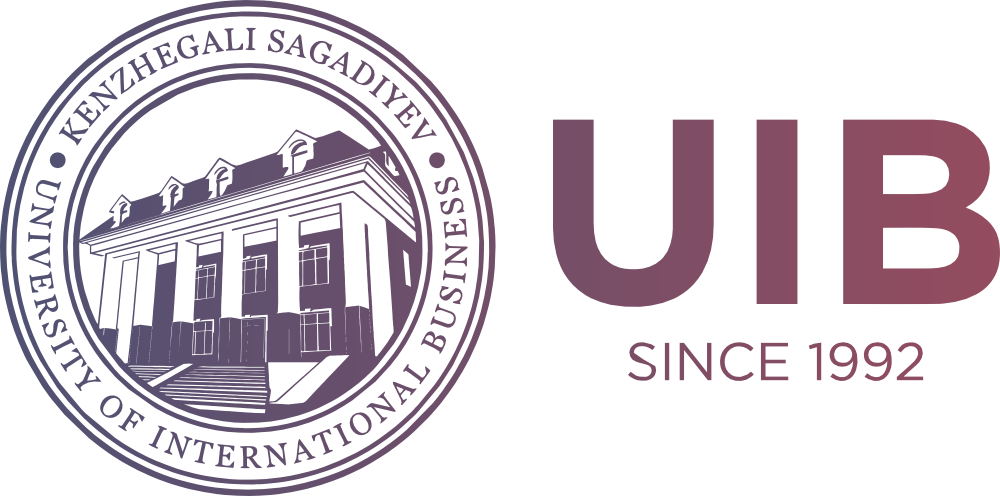Impacts of Visa Policy on Inbound Tourism in Kazakhstan
DOI:
https://doi.org/10.47703/ejebs.v1i59.47Keywords:
visa policy, visa restrictions, visa facilitation, visa liberalization, destination competitiveness, destination perception, inbound tourism, KazakhstanAbstract
Every destination in the world tries to create affordable conditions for tourists to get the maximum benefit from international tourism and one of these conditions is accessibility, which refers to the visa policy of a country. An effective and appropriate visa policy makes travel destinations more attractive and easily accessible to visit. This research focuses on the visa policy of Central Asian country – the Republic of Kazakhstan and reveals several problems related to it, such as lack of information on the visa application process, especially on e-visa, raw systemized visa and migration portal, a long list of visa-needed countries, plenty of refusals in invitation letters by Migration Police and existence of huge visa restrictions for some countries. The current visa policy makes the Republic of Kazakhstan less open to foreigners and less competitive among other countries.
Based on a literature review on visa policy and its effects on the economy and tourism sector in a destination and by using comparative analysis of visa policies of two Central Asian countries – Kazakhstan and Uzbekistan, several problems that affect inbound tourism, as well as recommendations for improvement of visa policy for Kazakh government are discussed in this research.
Downloads
How to Cite
Downloads
Published
Issue
Section
License

This work is licensed under a Creative Commons Attribution 4.0 International License.
Authors retain copyright and grant the journal right of first publication with the work simultaneously licensed under a Creative Commons Attribution (CC-BY) 4.0 License that allows others to share the work with an acknowledgment of the work’s authorship and initial publication in this journal.


